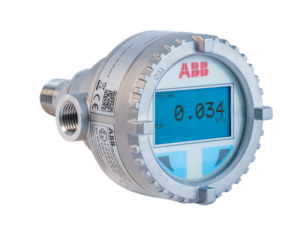RS Components (RS) is celebrating 10 years of DesignSpark, the company’s online design engineering platform, with the introduction of brand new features for its website and a new design, to reflect the usability and functionality requirements of its 970,000+ community members. To mark its 10th anniversary, RS will be hosting a number of celebratory initiatives throughout the rest of 2020.
The new-look DesignSpark website, which has localised versions available in China, France, Germany, Japan, North America and the UK, has been developed with the help of user feedback to create a cleaner, simpler interface for finding and using content. Enhanced search and filtering tools and colour-coded sections will also ease navigation and improve the user’s experience onsite.
Since its launch in July 2010, DesignSpark has become recognised across the global engineering community as a high-value resource, providing design solutions and support for accelerating cycle times through rapid prototyping, to bring ideas to market quickly. The freely available professional DesignSpark software suite of PCB, mechanical and electrical tools provide the accessibility that has enabled millions of design projects across the world to come to fruition, with professional engineers, tech makers and students all playing a part.
With a new engineer signing up to the DesignSpark platform every two minutes, the DesignSpark community is rapidly approaching one million members. Some notable statistics demonstrate the very high levels of online engagement and popularity of DesignSpark, such as: every 20 seconds and engineer opens its professional design software; design support assets such as CAD-neutral models and footprints are downloaded every 12 seconds, and; a piece of content shared by the engineering community is viewed every 4 seconds.
In addition to offering 24-hour online design support, DesignSpark has hosted many entertaining initiatives over the decade, including the launch of a Superman action figure into outer space with the aid of a Raspberry Pi module, and working with technology entrepreneur Richard Browning to showcase his innovative human propulsion flight suit. The DesignSpark Podcast series, which takes a light-hearted approach to technology, has proved so popular that it reached a high of number 4 in the Apple Podcasts Technology Chart.
DesignSpark is also an educational platform, hosting projects and competitions to inspire the younger generation to get involved in STEM activities. A number of competitions will be launched over the course of the year on the new DesignSpark website, and across the DesignSpark social media channels, as part of the 10-year celebrations, offering prize-induced interactive design challenges for engineers of all ages.
Mike Bray, Group VP of Innovation and DesignSpark, commented: “When we launched DesignSpark back in 2010, it was to support design engineers at every level, from student and hobbyist to professional engineers, who were facing the challenges of reduced design teams and the need to complete their designs more quickly amid rising competition. Those foundations still hold true today, and through active and continual engagement with our community, and acting on feedback from our members, we have gone further to establish DesignSpark as a trusted online support destination for engineers everywhere.”
The new DesignSpark website is live at www.rs-online.com/designspark.
 Instrumentation Monthly Test | Measurement | Control
Instrumentation Monthly Test | Measurement | Control













